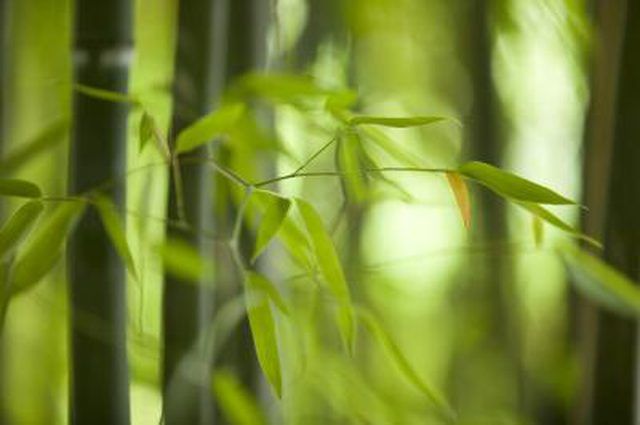Bulbs
Flower Basics
Flower Beds & Specialty Gardens
Flower Garden
Garden Furniture
Garden Gnomes
Garden Seeds
Garden Sheds
Garden Statues
Garden Tools & Supplies
Gardening Basics
Green & Organic
Groundcovers & Vines
Growing Annuals
Growing Basil
Growing Beans
Growing Berries
Growing Blueberries
Growing Cactus
Growing Corn
Growing Cotton
Growing Edibles
Growing Flowers
Growing Garlic
Growing Grapes
Growing Grass
Growing Herbs
Growing Jasmine
Growing Mint
Growing Mushrooms
Orchids
Growing Peanuts
Growing Perennials
Growing Plants
Growing Rosemary
Growing Roses
Growing Strawberries
Growing Sunflowers
Growing Thyme
Growing Tomatoes
Growing Tulips
Growing Vegetables
Herb Basics
Herb Garden
Indoor Growing
Landscaping Basics
Landscaping Patios
Landscaping Plants
Landscaping Shrubs
Landscaping Trees
Landscaping Walks & Pathways
Lawn Basics
Lawn Maintenance
Lawn Mowers
Lawn Ornaments
Lawn Planting
Lawn Tools
Outdoor Growing
Overall Landscape Planning
Pests, Weeds & Problems
Plant Basics
Rock Garden
Rose Garden
Shrubs
Soil
Specialty Gardens
Trees
Vegetable Garden
Yard Maintenance
How to Care for Sick Bamboo Plants
How to Care for Sick Bamboo Plants. Lucky bamboo, a dark-green houseplant that is normally sold and grown in vases of water, has been a symbol of good fortune for centuries. It is not a true bamboo plant--technically it is a member of the Dracaena family-- but it so closely resembles a stalk of bamboo that its nickname seems destined to stick....

Lucky bamboo, a dark-green houseplant that is normally sold and grown in vases of water, has been a symbol of good fortune for centuries. It is not a true bamboo plant--technically it is a member of the Dracaena family-- but it so closely resembles a stalk of bamboo that its nickname seems destined to stick. Although lucky bamboo plants can thrive for years growing in nothing but water, they react to sub-standard conditions by dropping leaves, turning yellow or brown, or even starting to rot away. If your bamboo plant is sick, you can restore it to health.
Things You'll Need
pH level indicator strips for testing water, available at pet stores
Sharp scissors
African violet fertilizer
Spray mister
Assess the quality of the water your bamboo plant is growing in. Stagnant water, chlorinated water and water with too much fluoride are all toxic for bamboo plants; your plant might react by displaying yellow or brown leaf tips and edges. Stop using water straight from the tap, and replace the water with water that you have let sit for 24 hours, which allows chlorine and fluoride to dissipate. Change the water weekly.
Use the pH strips to determine if your water is "hard" or soft." Soft water contains salt that is harmful for bamboo plants, and is another cause of browning or yellowing leaves. If your water is soft, stop putting the plant in tap water, and switch to water that is filtered or distilled.
Check the level of the water. It should be an inch above the roots; any further up, and you risk stem rot. Your bamboo plant may also drop its lower leaves.
Sniff the bamboo plant to see if you can detect a sulfur scent; your bamboo plant may have this odor if parts of it are decayed. Use a sharp scissors to cut off any brown or diseased-looking parts, even if on the stalk. If you cut three-quarters of an inch above a joint, your bamboo plant may put out a new shoot.
Assess the amount of light your bamboo plant is getting. In its natural environment, this plant grows underneath tall rainforest trees, so it requires light that is bright but indirect. Too much sun causes leaves to burn, and to display round dry patches and streaks. With inadequate light, your plant will look pale and "leggy," and be very slow to grow.
Move your bamboo plant away from entrance ways and foyers, and into a part of the house with no drafts or sudden temperature changes. Bamboo plants react to these conditions by dropping leaves.
Fertilize your bamboo plant with a dilute solution of plant food. African Violet fertilizer, diluted down to a tenth of its original strength, is a good choice.
Continue to fertilize the plant every week when you change the water.
Mist your plant regularly to maintain humidity; shriveled leaf tips and edges mean the air is too dry.
Tips & Warnings
Wash your lucky bamboo down occasionally; buildup of dust can interfere with photosynthesis.